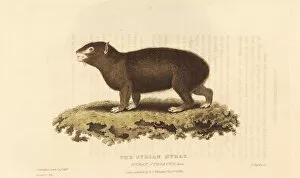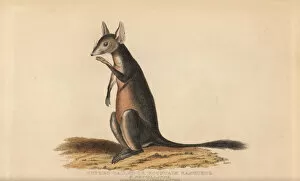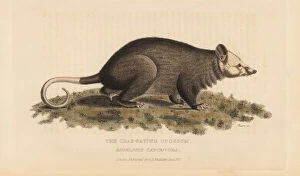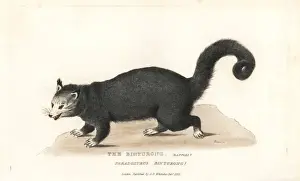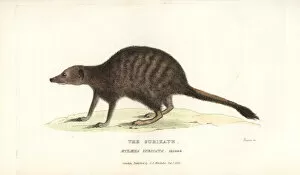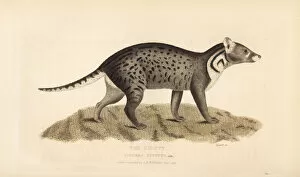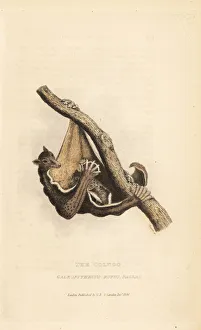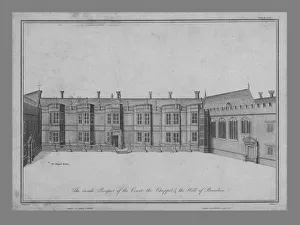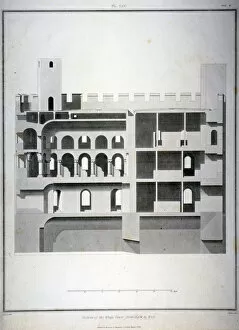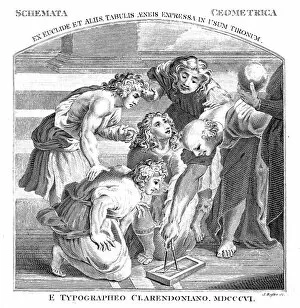Basire Collection
"Exploring the Basire: Towering Elevation, Ancient Winds, and Enigmatic Antiquities" High above Athens, the Basire stands tall, revealing a world of wonders
All Professionally Made to Order for Quick Shipping
"Exploring the Basire: Towering Elevation, Ancient Winds, and Enigmatic Antiquities" High above Athens, the Basire stands tall, revealing a world of wonders. As we ascend its heights, we uncover secrets from times long past. Amongst these treasures are skeletal remains that tell tales of evolution and diversity. Behold the skeleton of the common chimpanzee, Pan troglodytes - a testament to our shared ancestry with these intelligent creatures. Nearby lies the rock hyrax, Procavia capensis, reminding us of nature's ability to adapt and thrive in even the harshest environments. Venturing further into this realm of discovery brings us face-to-face with extraordinary beings like the big hairy armadillo, Chaetophractus villosus. Its armored exterior protects it as it scours for sustenance in South America's grasslands. And then there is the giant armadillo, Priodontes maximus - an elusive creature whose presence ignites excitement among researchers. But not all inhabitants here are as well-known or celebrated. The Cayenne spiny rat, Proechimys guyannensis; the long-nosed potoroo or kangaroo rat, Potorous tridactylus; they too contribute to Earth's rich tapestry of life. Sadly though some species have vanished forever from our planet's stage. Take for instance the Tasmanian wolf, Thylacinus cynocephalus - once roaming Tasmania but now extinct forevermore. Yet hope lingers amidst this melancholy tale as conservation efforts strive to protect vulnerable creatures like Pagophilus groenlandicus – female harp seals who grace icy waters with their elegant presence. Intriguingly nestled within this diverse ecosystem resides another enigma – Didelphis marsupialis cancrivora – also known as crab-eating opossums who defy expectations by relishing seafood delights.





